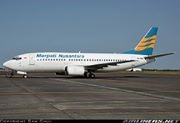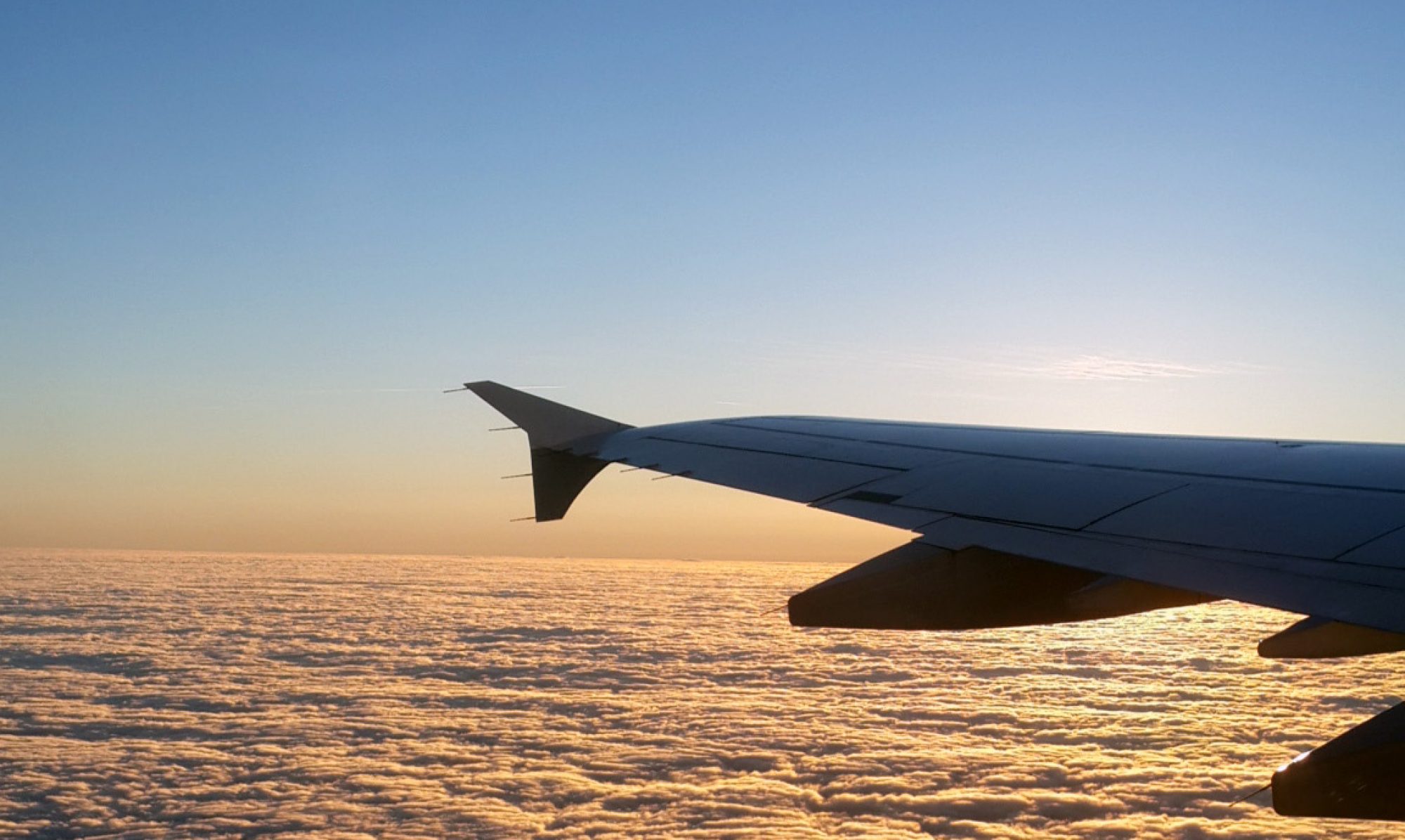February 2014 | Dios Kurniawan
When Merpati stopped its operation last week, it confirmed my prediction long time ago; Merpati would NOT survive.
Merpati was born in the era when the government controlled every aspect of every airline; the regulator decided which routes airlines could fly, set their ticket prices, and even regulated what planes airlines could buy (remember in the 80’s only Garuda was allowed to fly jet planes). Merpati, being a government-owned company, was heavily subsidized. If the government thought Merpati needed more money to cover the operational costs to fly thin routes in remote areas, it simply injected fresh money. For many years Merpati saw no competition in the industry as there were no other major airlines operating in Indonesian’s sky other than its big brother Garuda. For Merpati, life was sweet those days.
But that was then, this is now.

A Fokker F28 in Cengkareng, remnant of Merpati awaiting to be scrapped (photo: Dios K)
Indonesia is the Asia’s most rapidly expanding air travel market, fuelled by Indonesia’s burgeoning economy in the last five years. The industry growth rate is more than 20% per year, the fastest in the region, and probably in the world. Only six years ago, Indonesian airlines carried less than 30 milllion passengers each year in total. Today, the number quadrupled to 100 million. Soaring demand in domestic air travel brought many airlines in the playground but somehow Merpati failed to take benefit of the opportunity.
So why Merpati did not succeed? This is my analysis:
1. It failed to expand its fleet. It does not operate new generation of fuel-efficient planes. Instead, Merpati continues to rely on a small number of older aircrafts such as classic Boeing 737-300/400s and Twin Otters, most of them are more than 20 years old. As with ageing old cars, they consume more fuel and are becoming more expensive to operate and to maintain. Newer airlines like Lion have been on shopping spree placing largest-ever order of 200+ airplanes, while Merpati has not been able to procure any new plane for decades (with the exception of several China-built MA-60 turboprops which are not in the same league as the American and European counterparts).
2. It failed to develop a workable business plan. Merpati never positioned itself in the marketplace correctly. Historically Merpati served thin routes in isolated areas, flying turboprops in small airports which could not accommodate jetliners. It should have strengthened its position in that particular market, serving regional routes unserved by jet-operating airlines. Instead, Merpati chose to fly on already very competitive trunk routes such as Jakarta-Surabaya and Jakarta-Bali, and did that with legacy, less efficient aircrafts. With multiple airlines serving the same routes, airline tickets are now like a commodity; customers will fly with whoever offers the best service and/or the lowest price. Flying is flying, no matter who is selling.
Airline business is notoriously tough. It is always regarded as high-risk, high-cost and low-margin business. Planes are extremely expensive to buy and to operate; a brand-new Airbus A320 costs up to $80 million (1 trillion Rupiah) a piece, and its maintenance costs can easily reach $1-2 million per year. Operating costs are constantly increasing, fuel prices never go down, and so do pilot salaries. Competition is fierce and yields are low. Many new entrants already paid the price; Adam Air, Jatayu, Mandala and Indonesia Air collapsed several years ago. Batavia Air followed suit last year.
Merpati has tried repeatedly in recent years to restructure its huge debts and has attempted to attract private investment with little success. It does not take a genius to see that the cash-strapped Merpati, with its huge $600 million debt in the shrinking market share, is not in a good position to invite potential investors. It has been in a serious trouble since many years ago. Only today it is becoming pretty clear that the problem is more serious than ever.
As for Merpati, I believe the end is near. There is no way anyone can save it now.


 Leg room is not good, if not bad
Leg room is not good, if not bad